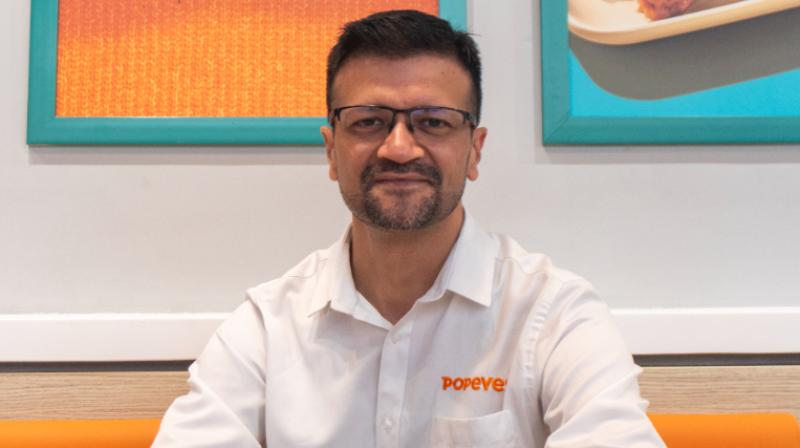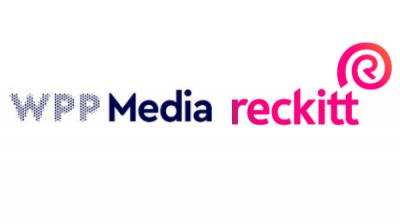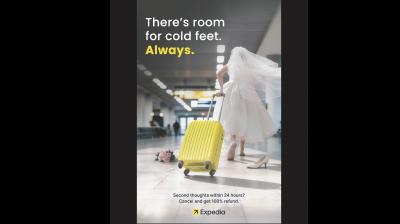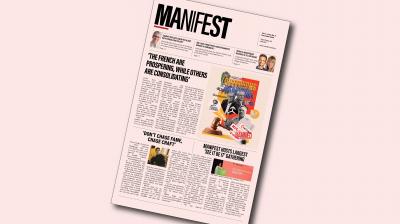Popeyes, the American multinational chain of fried chicken restaurants, has entered Mumbai with the announcement of five new outlets across the city.
With the brand having opened one outlet each at Phoenix Marketcity Mall, Kurla; Inorbit Mall, Vashi; and Viviana Mall, Thane, the fast-food chain will soon be opening two more outlets at The Capital Mall, Nalasopara; and Mumbai’s Chhatrapati Shivaji Maharaj International Airport Terminal 2.
On the sidelines of the launch, we caught up with Gaurav Pande, executive vice president and business head, Popeyes - Jubilant FoodWorks, to discuss the brand's launch in Mumbai, the growth strategy, marketing plans, expansion plans in India, and more.
“Whenever we enter a new city, our goal is to establish a strong presence. I believe the potential is much greater; five stores are merely scratching the surface. In Mumbai, we see the potential of opening at least 20 to 25 stores over the next few years. As and when we secure the right locations, we plan to expand across multiple parts of the city. Even though our first store was identified some time ago, we prefer to launch with a meaningful cluster of stores, so that we are accessible and get noticed by people," he said.
Mumbai: A unique market
Popeyes made its Indian debut with a store in Bengaluru in 2022. Following this, the brand expanded to Chennai in 2023.
Highlighting the key differences that set the Mumbai market apart from the other locations, Pande noted, “One of the most notable differences is the consumption pattern of vegetarian versus non-vegetarian food. Cities like Chennai and Bangalore have a much higher contribution from non-vegetarian offerings, whereas in Mumbai, we expect vegetarian items to do well, reflecting local demand trends. Additionally, Mumbai consumers are more globally exposed and, as a result, have higher expectations. We believe our diverse flavour range will resonate well with this audience because no one in the category has done such a kind of innovation. The unique flavour profiles will appeal to the discerning and demanding Mumbai consumer.”
Differentiation through flavour
Founded in 1972 by Al Copelan, the core differentiator of Popeyes is its Cajun-spiced profile and the flavourfulness of its products.
Pande explained, “The profile of taste which we offer is called Cajun. It came out as a mix of cooking styles of French and the Western African people who settled in Louisiana. Interestingly, it's very similar to the spices that we all Indians eat at home. The key ingredients in this profile are onion, garlic, bell peppers, and celery, which are all found in our homes regularly. This profile is our core differentiator. Flavourfulness and variety of flavours are other things that we offer. We are not just hungry for food but for variety, as well. That's where we have created innovation. We have a range of flavours, and everything is launched in different flavours. We believe in differentiation through the product.”
He added, "We test our products region-wise very intensely with our customers. In India, the spice profile and the consumer preference vary a lot. So, we do very exhaustive testing of a product when we launch our products, and again for a new innovation, we repeat the rigorous testing. In a market like India, there's a huge opportunity, and brands which just focus on consumers and giving a great consumer experience will do well."
A balanced marketing approach
Pande explained that Popeyes’ marketing strategy is built around a strong digital foundation, complemented by hyperlocal activations tailored to each city to drive awareness and footfall.
“We do a lot of tie-ups with influencers and use our Instagram handle to share updates and engage with our audience,” he said. “Currently, we’re running a launch offer where the first 100 customers receive a free sandwich.”
“We have also partnered with taxi operators near the store location. One will find Popeyes-branded taxis as well. We are also offering some of our customers who are signing up with us a free ride from the nearby station to the mall, so that they can access the store easily. There's a lot of digital activation going on at Meta and YouTube. Additionally, we’re carrying out several on-ground activations in and around the mall, which is hyperlocal in nature,” he stated.
He further added that the marketing playbook prioritises digital first, while also adapting outdoor strategies based on each city’s unique consumer behaviour and media landscape.
“Our primary investment goes into digital, which forms the core of our marketing playbook. Another significant area of investment is mall-based or hyperlocal outdoor activations, which, while technically outdoors, are closely tied to the mall environment and its footfall. We also partner with food aggregators to enhance our visibility on their platforms; a key source of awareness, especially among Gen Z and consumers who prefer the convenience of ordering from home," he voiced.
On the role of outdoor advertising, Pande shared, “Our outdoor advertising strategy is city-specific. Also, the kind of outdoor advertising changes as well, according to the city. For instance, during the Mumbai launch, we are running targeted outdoor activations in a small catchment area around the mall. In Delhi, we partnered with the Delhi Metro for launch-phase visibility. In Manipal, the focus was on university and college campuses to engage students directly.”
Focused on location, quality and experience
Emphasising the importance of selecting the right locations and setting up a strong supply chain, Pande asserted, “Finding the right locations is one of the most vital aspects for us. We do extensive data mining to identify ideal sites, and whenever a suitable location becomes available, we make sure to establish a presence there. It’s not a challenge, but rather a set of pre-launch preparations. One key requirement is setting up the supply chain before entering a city; this includes sourcing local chicken, establishing a commissary or central kitchen for 12-hour marination, and creating the logistics to deliver fresh chicken to the stores. This is part of our standard playbook, a one-time setup that ensures we’re fully prepared at launch.”
With the brand's primary strategy centred on serving the best quality food, Pande shared, "Whether it’s dining in or delivery, the food needs to be the best in class. We rely on mining consumer data to understand habits and needs, allowing us to develop the right product offerings. We are very confident about creating great innovations because that’s what we have been doing for the last three years. The second pillar is the overall experience, which not only includes the food but also timely service and the ambience. The third pillar is driving the right business economics with a solid model. And finally, expansion must be done thoughtfully; entering the right locations and regions quickly but carefully, maintaining a balance between speed and precision. One needs to be fast, but they also need to be right."
Vision for growth
Pande said Popeyes prefers to strengthen its presence in cities where it already operates, focusing on deeper market penetration rather than rapid geographical expansion.
He said, "We plan to open 30 to 40 new stores every year over the next few years. Currently, Bangalore has 18 stores, and there is still a significant opportunity for growth there. We are planning to enter Pune once we find the right location, but for now, we’ll focus on deepening our presence in the cities where we currently operate. Rather than expanding wider, we believe the cities that we are in offer ample opportunity, and we will continue to open more stores within these existing markets."

.jpg)









